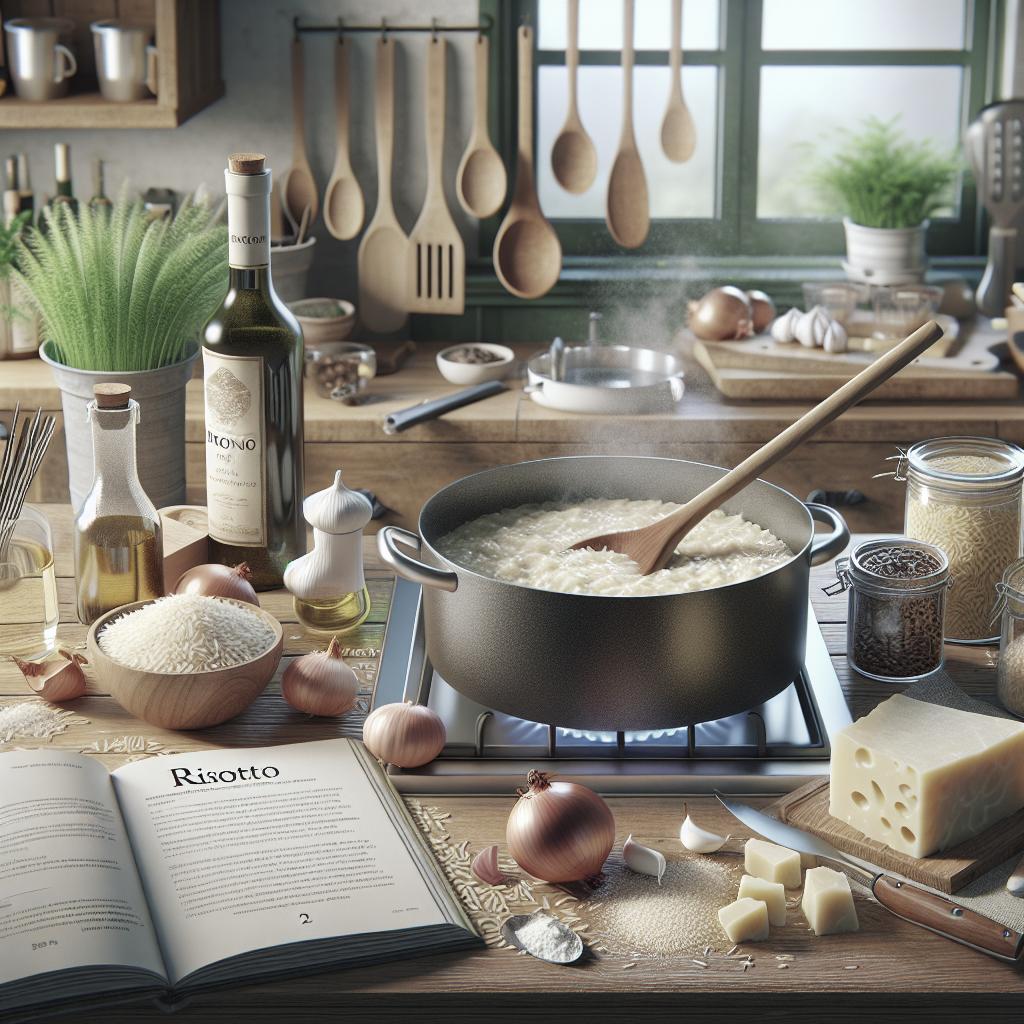“`html
How to Make Homemade Nut Butters
Nut butters are a delicious and nutritious addition to your pantry, providing a creamy texture and rich flavor that enhances a wide range of dishes. This guide provides easy-to-follow instructions for whipping up your very own homemade nut butters using various types of nuts. You’ll learn about the basic ingredients you’ll need, the step-by-step methods to follow, and important tips to ensure your homemade creations are both healthy and delightful. Additionally, this post highlights the nutritional benefits of nut butters, alongside a detailed video tutorial to assist novice and experienced chefs alike in perfecting their nut butter-making skills. Dive into this comprehensive guide to start crafting your own nut butters at home today!
How To Make Nut Butter
Ingredients
Preparing nut butter at home starts with just a few simple ingredients. First and foremost, choose your favorite nuts. Whether you prefer the rich, buttery taste of almonds, the earthy, robust texture of peanuts, or the exotic allure of cashews, the choice is yours. The key is to ensure that the nuts are raw and unsalted, as this allows you to control the flavor and sodium level of your final product.
Additional ingredients may include a touch of salt to enhance flavor, a natural sweetener like honey or maple syrup for those who enjoy a hint of sweetness, and perhaps a bit of oil to achieve the desired consistency. Rest assured, these ingredients are merely optional, allowing you to tailor the nut butter to your personal taste and dietary preferences.
Instructions
Begin by preheating your oven to 350°F (175°C) and spread the nuts evenly on a baking sheet. Roast them for about 10-12 minutes until they are lightly golden and aromatic. This step is crucial as it releases the natural oils of the nuts, contributing significantly to the creaminess of your nut butter.
After roasting, transfer the nuts into a high-powered food processor while they are still warm. Start blending the nuts on a low setting to break them down, then gradually increase the speed. You will notice the texture changing from coarse crumbs to a finely ground meal, and eventually into a smooth, creamy paste. During this process, pause every minute or so to scrape down the sides of the processor to ensure even blending. Add any additional ingredients such as salt or sweeteners towards the final stages of blending.
Video
For a visual step-by-step guide, watch our video tutorial below. This demonstration walks you through the process from start to finish, offering tips and tricks to achieve optimal results. Seeing the transformation of nuts into a luscious butter can be incredibly helpful, especially for visual learners.
Notes
Making nut butter at home offers a unique opportunity to experiment with different flavors and combinations. Consider adding spices like cinnamon, nutmeg, or even a pinch of cayenne pepper for a bit of heat. For those who enjoy a bit of texture, stir in chopped nuts or seeds after blending.
Store your homemade nut butter in an airtight container in the refrigerator. It generally keeps well for up to a month, although it’s likely to be enjoyed much sooner! Remember, homemade nut butter tends to separate; simply stir it well before use, and enjoy as a spread on toast, mixed into smoothies, or as a dip for fruits and veggies.
Nutrition (1 of 24 servings)
Homemade nut butter is not just a treat for the taste buds but also a rich source of nutrition. With healthy fats, protein, and essential vitamins and minerals, it serves as an energy-boosting addition to your diet. A typical 2-tablespoon serving (1 of 24 servings) offers approximately:
– Calories: 190
– Fat: 16g
– Saturated Fat: 2g
– Carbohydrates: 6g
– Fiber: 3g
– Sugars: 1g
– Protein: 7g
| Section | Content Summary |
|---|---|
| Ingredients | Essential nuts, optional sweeteners, and oils for personal taste. |
| Instructions | Roast nuts, blend in processor until creamy, add other ingredients if desired. |
| Video | Visual step-by-step guide available online for effective learning. |
| Notes | Experiment with flavors, storage tips, and usage suggestions. |
| Nutrition | Details of serving size, calories, fats, proteins, and carbs. |
“`


